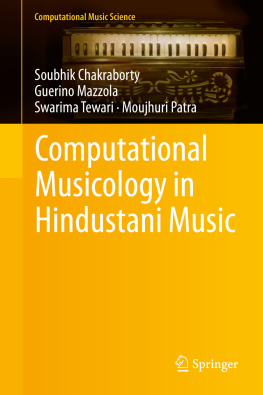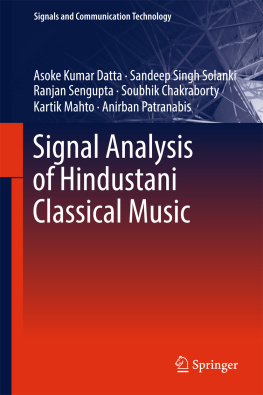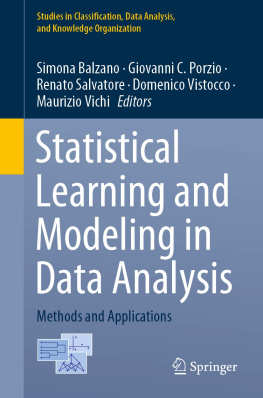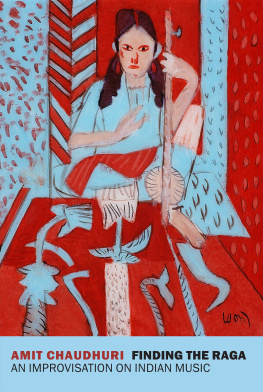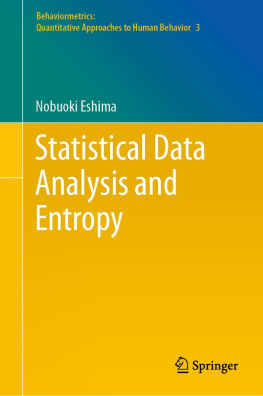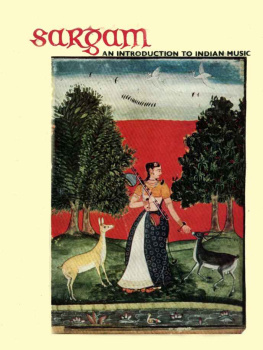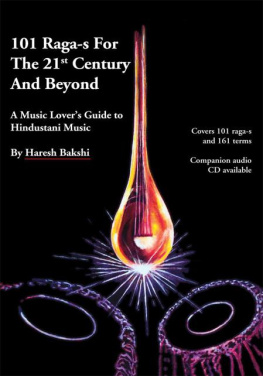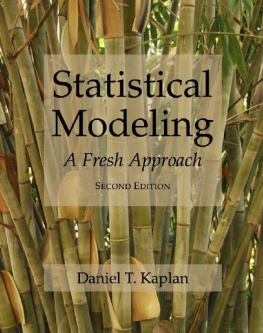The origins of Indian classical music lie in the cultural and spiritual values of India and go back to the Vedic Age (Sam Veda). Even in those times, music was handed down orally from the guru (teacher) to the shishya (disciple). The art was called sangeet and included vocal music, instrumental music, and dance. The great sages who dwelt in ashramas (hermitages) imparted instruction to their students who lived with them on the premises. The art of music was regarded as holy and heavenly. It not only gave aesthetic pleasure but also induced a joyful religious discipline. Devotional music was intended to take man towards God and give him an inner happiness and self-realization. Subsequently this art branched off into three separate streams: vocal music ( geet ), instrumental music ( vadya ), and dancing ( nritya ).
Many of us often confuse between Indian classical music and Hindustani classical music. In fact, Indian classical music is divided into two distinct streams, Hindustani and Carnatic or North Indian and South Indian classical music.
Hindustani classical music mainly evolved in North India around the thirteenth and fourteenth centuries A.D. It owes its development to the religious music, as well as popular and folk music, of the time. Carnatic music is also known as Karnataka Sangitam which was developed in South India around the fifteenth and sixteenth centuries. It drew on existing popular forms of music, and probably it also retained the influence of ancient Tamil music.
Emotion and devotion are the essential characteristics of Indian music from the aesthetic side. From the technical perspective, we talk about melody and rhythm.
Raga is the nucleus of Indian classical music, be it North Indian (Hindustani) or South Indian (Carnatic). A raga may be defined as a melodic structure with fixed notes and a set of rules that characterize a certain mood conveyed by performance (Chakraborty et al. ).
1.1 A Critical Comparison Between Indian and Western Music
Over the years, Indian classical music has evolved into a complex musical system. It has some main points of difference from Western music. Western music is polyphonic, which means that it depends on the resonance of multiple musical notes occurring together. In contrast, Indian classical music is essentially monophonic. Here, a melody or sequence of individual notes is developed and improvised upon, against a repetitive rhythm. In Western classical music, a performer strictly abides by a written composition. In contrast, in Indian classical music, the performer improvises the composition rendered. A Western classical concert is never performed extempore; it will be always prepared and rehearsed several days before the concert. The percussion is never as prominent as in Indian classical music. To say more, in European classical music, percussion has always been placed on a sidetrack. The European system tonic never changes. This means the first note of the scale ( saptak ) C or do (Sa) will always be of the same pitch. On the Indian subcontinent, the pitch of the tonic is changed according to the chosen instrument or voice but still will be called Sa.
One reason that Indian music sounds unfamiliar to the Westerner is that the majorminor tonal system is not used. Harmony, and specifically the majorminor tonal system, has been the basic organizing principle in Western musicclassical, folk, and popularfor centuries. In this system, a piece of music is in a certain key, which means it uses the notes of a particular major or minor scale. The harmonies developed using those notes are an integral, basic part of the development and form of the music. Most of the complexity of Western music lies in its harmonies and counterpoint. The music of India does not emphasize harmony and does not feature counterpoint. In fact, most Indian classical music features a single melody instrument (or voice) accompanied by drone and percussion. There is no counterpoint and no chord progression at all. Instead, the interest and complexity of this music lie in its melodies and its rhythms.
Western music divides an octave into the 12 notes of the chromatic scale. But most pieces of music mainly use only seven of these notes, the seven notes of the major or minor key that the piece is in. Indian music also has an octave divided into 12 notes. These 12 notes are called swaras ; they are not tuned like the notes of the chromatic scale. Also similarly to Western music, only seven notes are available for any given piece of music. But there are important differences, too. Western scales come in only two different flavors: major and minor. The two are quite different from each other, but any major key sounds pretty much like any other major key, and any minor key sounds basically like every other minor key. This is because the relationships between the various notes of the scale are the same in every major key, and a different set of relationships governs the notes of every minor key. The seven-note thaats of Indian music, on the other hand, come in many different flavors. The interval pattern varies from one thaat to the next, and so the relationships between the notes are also different. There are ten popular thaats in North Indian music and many more in the South.
Although the first note of an Indian scale is often given as C, Indian thaats and ragas are not fixed in pitch; any raga may actually begin on any pitch. The important information about each thaat and raga scale is the pattern of intervals, the (relative) relationship between the notes, not absolute fundamental frequencies. Making for even more variety, a piece of Indian classical music may not even use all seven of the notes in the thaat . The music will be in a particular raga, which may use five, six, or all seven of the notes in the thaat . And a thaat can generate more than just three ragas (one pentatonic, one hexatonic, and one full raga). Kalavati raga (C, E-flat, G, A, and B-flat) and Shivaranjani raga (C, D, E-flat, G, and A), for example, are two different pentatonic ragas derived from Kafi thaat . Thus, there are hundreds of ragas available, and a competent Indian musician is expected to be able to improvise many of them.
Furthermore, the raga is not just a collection of the notes that are allowed to be played in a piece of music. There are also rules governing how the notes may be used; for example, the notes used in an ascending ( arohi ) scale may be different from the notes in a descending ( awarohi ) scale. Some notes may be considered main pitches in the raga, while others are used in a more ornamental way typical of the raga. The raga may even affect the tuning of the piece.
Those who are particularly interested in modes and scales may notice that there is a rough correlation between some Indian thaats and the Western church modes. For example, the pattern of intervals in Asavari is similar to that of the Aeolian mode (or natural minor scale), and that of Bilawal is similar to the Ionian mode (or major scale). Some thaats do not correlate at all with the Western modes (e.g., Purvi and Todi), but others that do include Bhairavi (similar to Phrygian mode), Kafi (Dorian), Kalyan (Lydian), and Khamaj (Mixolydian). Even for these, however, it is important to remember the differences between the traditions. For example, not only is Asavari used in a very different way from either Aeolian mode or the natural minor scale; the scale notes are actually only roughly the same, since the Indian modes use a different system of tuning.

